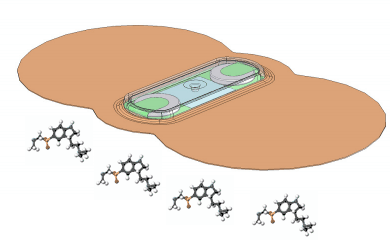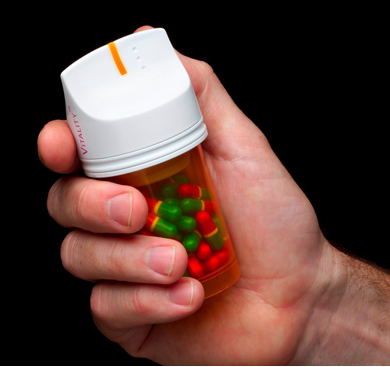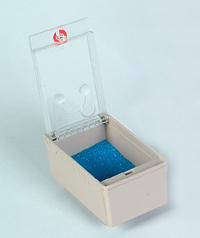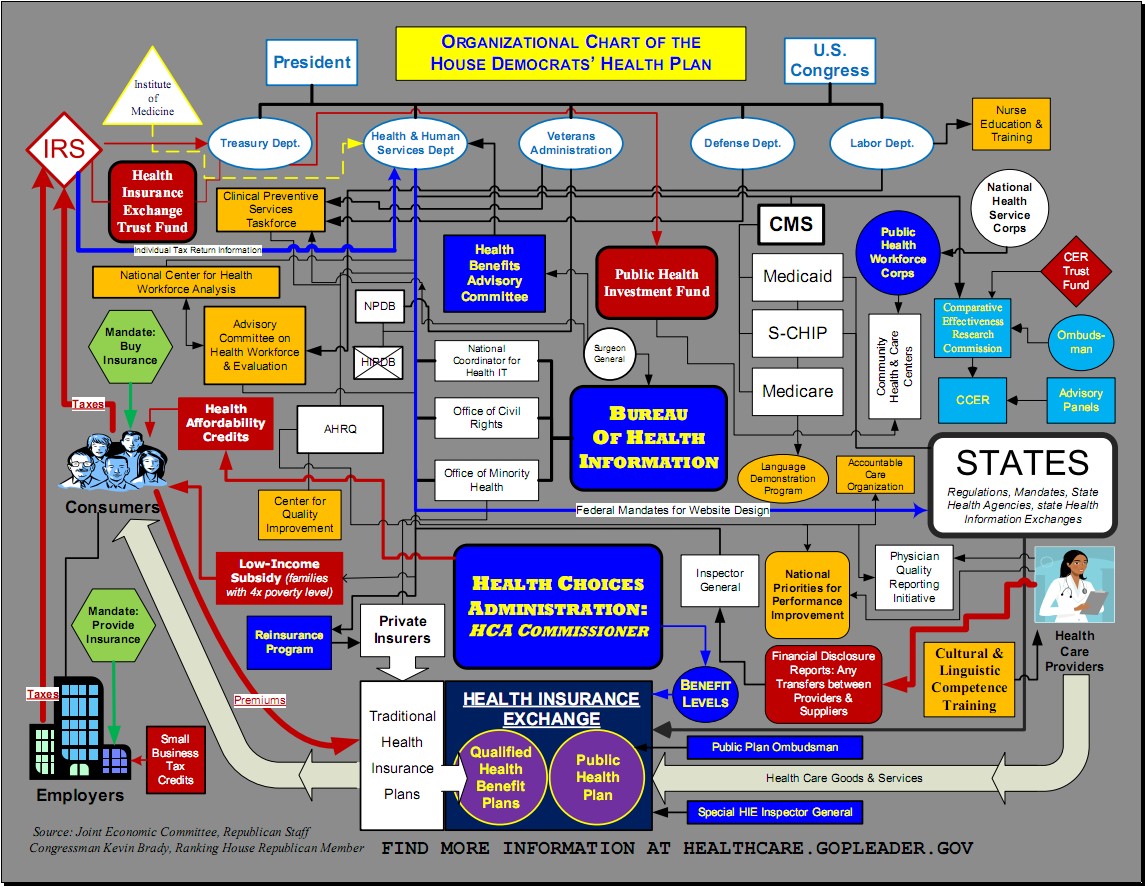 Zelrix is a transdermal patch containing sumatriptan for the treatment of acute migraine headache developed by NuPathe, a pharmaceutical company specializing in the treatment of neurological and psychiatric disorders. The patch is based on NuPathe’s proprietary SmartRelief™ platform, which according to the manufacturer’s website is “a non-invasive technology that utilizes low-level electrical energy to transport drugs through the skin in a safe and effective manner. The rate and amount of drug delivered is controlled electronically, so that the patient receives consistent therapy each and every time. Iontophoresis is an established drug delivery technology with multiple applications currently being used by physicians.†The SmartRelief™ iontophoresis utilizes pre-programmed, embedded electronics in the patch to provide consistent therapeutic drug levels. This is very interesting technology with many potential applications. Imagine the uses in professional sports where iontophoresis is frequently utilized to administer NSAIDS and corticosteroids for the treatment of inflammation
Zelrix is a transdermal patch containing sumatriptan for the treatment of acute migraine headache developed by NuPathe, a pharmaceutical company specializing in the treatment of neurological and psychiatric disorders. The patch is based on NuPathe’s proprietary SmartRelief™ platform, which according to the manufacturer’s website is “a non-invasive technology that utilizes low-level electrical energy to transport drugs through the skin in a safe and effective manner. The rate and amount of drug delivered is controlled electronically, so that the patient receives consistent therapy each and every time. Iontophoresis is an established drug delivery technology with multiple applications currently being used by physicians.†The SmartRelief™ iontophoresis utilizes pre-programmed, embedded electronics in the patch to provide consistent therapeutic drug levels. This is very interesting technology with many potential applications. Imagine the uses in professional sports where iontophoresis is frequently utilized to administer NSAIDS and corticosteroids for the treatment of inflammation
Author: Jerry Fahrni
-
Hi-Tech patch for migraine relief
-
“What’d I miss?” – Week of August 16th
As usual there were a lot of things that happened during the week, and not all of it was pharmacy or technology related. Here’s a quick look at some of the stuff I found interesting.
(more…) -
Cool Technology for Pharmacy
 The Vitality GlowCaps is a wireless internet enabled cap for prescription bottles that uses light and sound to notify patients when it is time to take their medication. When the GlowCap is removed from the prescription bottle, the information is documented on Vitality’s server. Vitality uses this information to send the patient and physician a monthly compliance report to help monitor therapy. Of course, that’s assuming that the patient doesn’t just open and close the lid when the reminder goes off. When you stop to think of all the time, energy and money spent on patient compliance with medication, you begin to realize that the GlowCap is pretty cool pharmacy technology.
The Vitality GlowCaps is a wireless internet enabled cap for prescription bottles that uses light and sound to notify patients when it is time to take their medication. When the GlowCap is removed from the prescription bottle, the information is documented on Vitality’s server. Vitality uses this information to send the patient and physician a monthly compliance report to help monitor therapy. Of course, that’s assuming that the patient doesn’t just open and close the lid when the reminder goes off. When you stop to think of all the time, energy and money spent on patient compliance with medication, you begin to realize that the GlowCap is pretty cool pharmacy technology.
(more…) -
At least developers think cloud apps are important
InformationWeek: “Software developers believe developing applications to run on private clouds will become one of their main tasks over the coming year. Out of 500 surveyed, 48.9% said they expect to be doing cloud applications within the year. The Cloud Development survey is the first by Evans Data, an independent research firm that conducts periodic surveys of developers. A total of 29.7% said they are current working on applications for private cloud environments. Another 19.2% said they expect to be engaged in cloud development within the next 12 months. The largest group of respondents, 48%, said they think that Java is the best language for developing in the cloud; Microsoft’s C# was the number two pick. Evans Data surveys have tended to slant somewhat toward Java developers, since participants self-select or sign up to participate in numbers that are not precisely reflective of what languages are in use throughout the world of programming.” – This survey is of particular interest because software developers tend to heard the reset of us toward the future of computing. How do you think the iPhone became so popular; developers embraced the technology and began writing applications that can do everything from updating your Twitter page to helping physicians with their EMRs. It’s inline with Kevin Costner in Field of Dreams, “if you build it, they will comeâ€. However, I find it strange that Java is the language of choice with Microsoft C# (c-sharp) coming in second. I’ve had a lot of issues with Java applications in the past secondary to version control. I think I’ll stick with the limited C# knowledge that I have and expand on it. My brother has been trying to get me to learn C# for years. It’s on my to-do list, just below win-the-lottery.
-
Medicated patch slips into wrong ADC pocket

Hospital Pharmacy: “During the process of with drawing a patient’s nicotine patch from an automated dispensing cabinet (ADC), a carousel pocket opened to reveal 2 nicotine patches and 1 fentaNYL 50 mcg/hr patch. The nurse using the ADC immediately called the pharmacy to report the discrepancy. The pharmacy investigated and found that it was not a dispensing error. Both patches (nicotine and fentaNYL) were stored in the same medication carousel, and the fentaNYL patch slipped over the top of one pocket and into another pocket that contained nicotine patches. Generally, the hospital reserved ADC carousel pockets for controlled substances, but there was a history of pilferage of the nicotine patches when stored in matrix drawers. To deter pilferage, the pharmacy began stocking them in secure carousel pockets with the tracking feature on to count the product. FentaNYL was in a nearby pocket by itself, but when the carousel turned, patches sticking up from the fentaNYL pocket were caught and dragged to another pocket that housed nicotine patches.” - This type of occurrence is more common than you might think. To prevent this type of thing from happening, many hospitals will utilize a system similar to the Pyxis CUBIE system. Pyxis CUBIE pockets are small containers with a clear plastic lid. The lid remains closed until that medication is accessed via the Pyxis medication terminal. This prevents items from jumping to another location.
-
Yep, there’s an EMR app for the iPhone
Healthcare IT Consultant Blog: “It appears Caretools has thought of this, offering its iChart EHR for the iPhone, immediately available to anyone on the iTunes store. Before you scoff that it must be a limited-functionality, toy of an EHR, consider this: it offers ePrescribing, transmission of lab reports, ICD9-compliant billing code functionality, and a sophisticated menu system to quickly create SOAP and Procedure notes. It might not be CCHIT-certified (yet) or guarantee your eligibility for “meaningful use” funding, but at such a low price point, it could be a great way to get your physicians comfortable with standard EHR functionality.†– I took a quick jaunt over to the Caretools website and gave the application the once over. I think it’s pretty cool. At a mere $139.99 it’s about the cheapest EMR system you’re going to find on the market. You can read more about it at the iPhone Life website. Next thing you know, you’ll even be able to make phone calls directly from your iPhone.
-
Deaths caused by postoperative hydration
ASHP: “ Standards Needed for Postoperative Hydration Therapy, ISMP Says – BETHESDA, MD 13 August 2009—Investigations into the deaths of two six-year-old children have prompted the Institute for Safe Medication Practices (ISMP) to call for the establishment of standards of practice for i.v. hydration therapy in postoperative patients.
According to today’s issue of ISMP Medication Safety Alert!, a six-year-old girl who underwent tonsillectomy and adenoidectomy died after receiving 5% dextrose in water at 200 mL/hr for 12 hours. The postoperative orders had stated “1000 cc D5W – 600 cc q8h,” but the pharmacist entered an incorrect infusion rate into the electronic medication administration record. This error was not noticed until a pediatrician, consulted by the surgeon because the girl had a grand mal seizure, recognized that the patient had signs of hyponatremia and water intoxication. The patient had had seizure-like activity earlier in the day, but the surgeon, contacted by telephone, attributed those episodes to a reaction to promethazine even though the nurses had expressed doubt.
In the other case, according to ISMP, a six-year-old boy who underwent surgery to correct a malformation in his aorta died after nurses dismissed his parents’ concerns about their son becoming increasingly less responsive on the second postoperative day. The physician had prescribed an infusion of a sodium chloride solution because the boy’s serum sodium concentration had dropped subsequent to treatment with diuretics. No sodium chloride infusion was documented in the medication administration record, however. The nurses attributed signs of hyponatremia to the patient receiving hydromorphone for pain relief and being “fidgety” from pain.â€
Hyponatremia is basically the result of excess water (case #1 above) relative to sodium and is one of the most common electrolyte abnormalities in hospitalized patients. The condition can cause significant morbidity and mortality. Unfortunately incorrectly treating the condition can be dangerous as well (case #2 above).
Signs and symptoms of hyponatremia are directly related to the central nervous system and include anorexia, nausea, lethargy, headache, apathy and muscle cramps. In severe cases, symptoms worsen and can advance to seizures, brain damage, and even death secondary to cerebral edema.
Treatment of hyponatremia can be quite controversial as aggressive replacement can lead to osmotic demyelination syndrome (i.e. central pontine myelinolysis); a painful and potentially deadly condition. Unfortunately the brain responds rapidly to a fall in plasma osmolality, but slowly to correction. Complete restoration of solutes in the brain may require up to 5 to 7 days. For this reason, aggressive sodium replacement should be limited to severe cases and patients should be closely monitored for several days following aggressive treatment for hyponatremia.
Tragedies like those mentioned above should, in theory, never occur. We continue to develop guidelines and technology to prevent such mistakes from ever happening, but will never be able to eliminate the “human factor†so blatantly described above. Our best hope is to create a system that decreases the occurrence of errors and minimizes damage when they occur.
